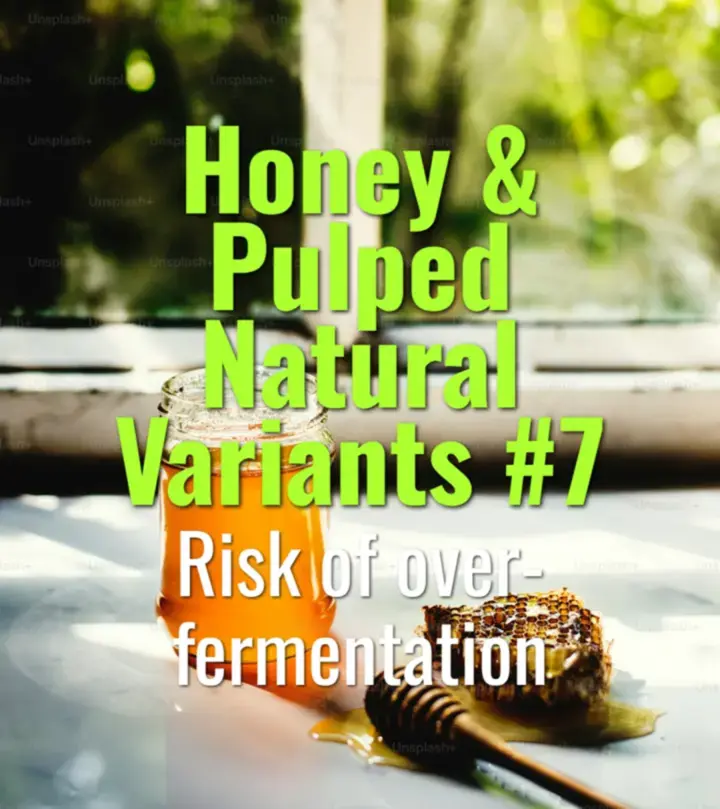
Data logging and repeatability
This topic explains how data logging in honey and pulped natural processes supports repeatability, consistency, and quality improvement across harvests.

This topic explains how data logging in honey and pulped natural processes supports repeatability, consistency, and quality improvement across harvests.

This topic explains how altitude and humidity influence honey and pulped natural processing, affecting drying times, fermentation dynamics, and final flavor outcomes.

This topic explains how color standards and visual cues are used to identify honey process types (white, yellow, red, black), how they develop during drying, and why they matter for consistency and quality assurance.

This topic explains why honey and pulped natural processes carry risks of over-fermentation, the conditions that cause it, and how producers manage these risks to protect cup quality.

This topic explains how different honey and pulped natural processes influence the flavor and body of coffee, highlighting the spectrum from clean and bright to sweet and syrupy.

This topic explains how turning schedules vary by honey process color (white, yellow, red, black), why frequent turning is critical, and how it impacts drying speed, risk, and flavor development.